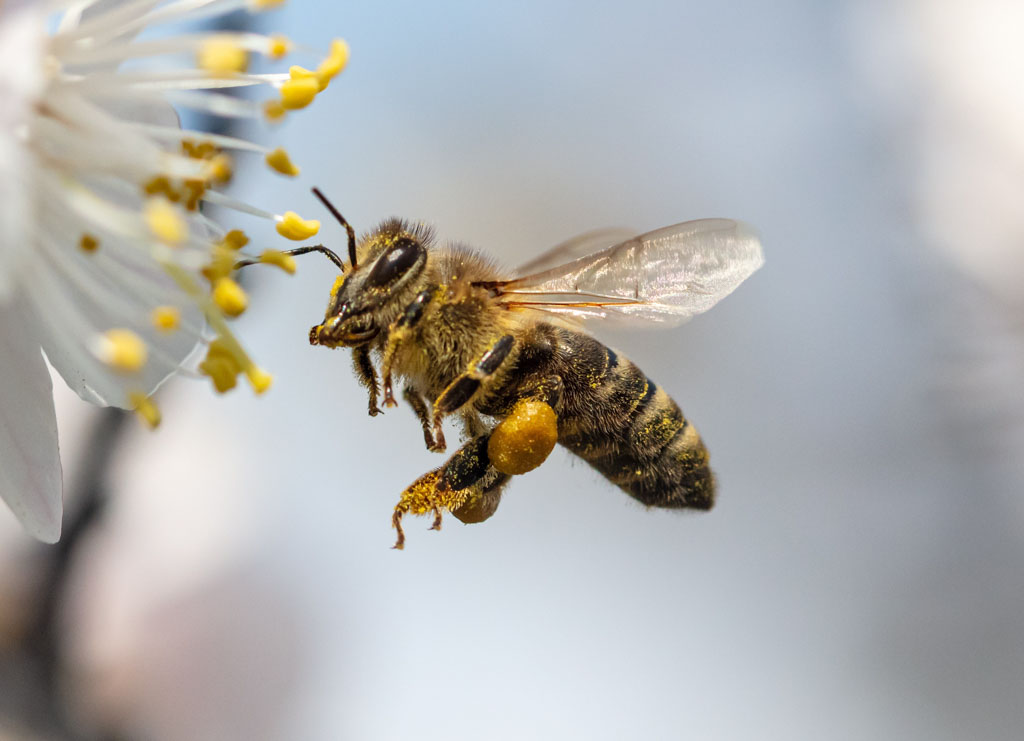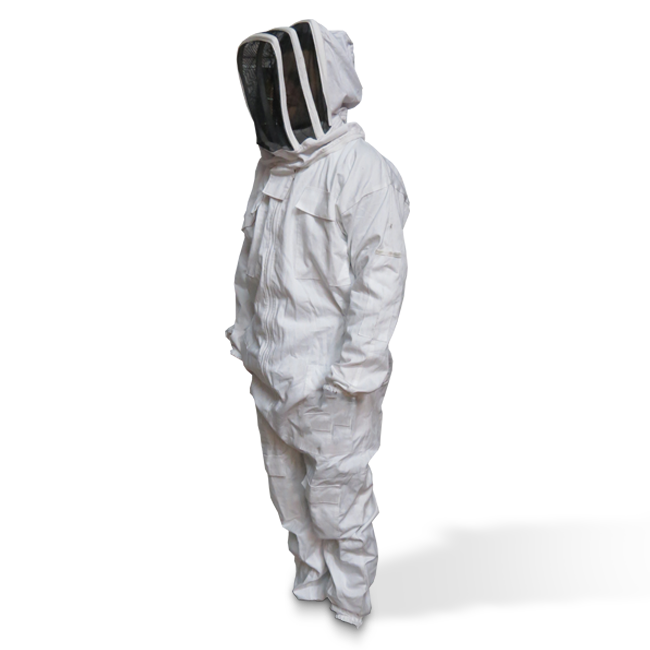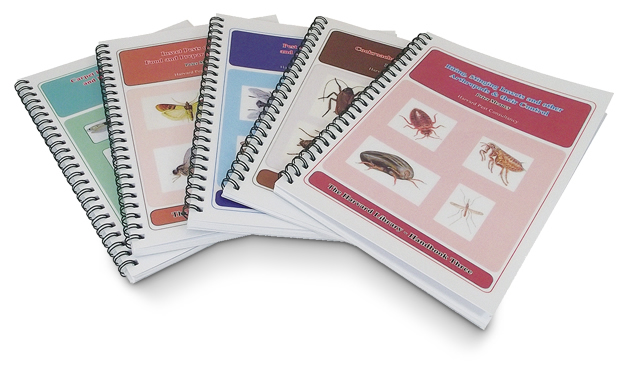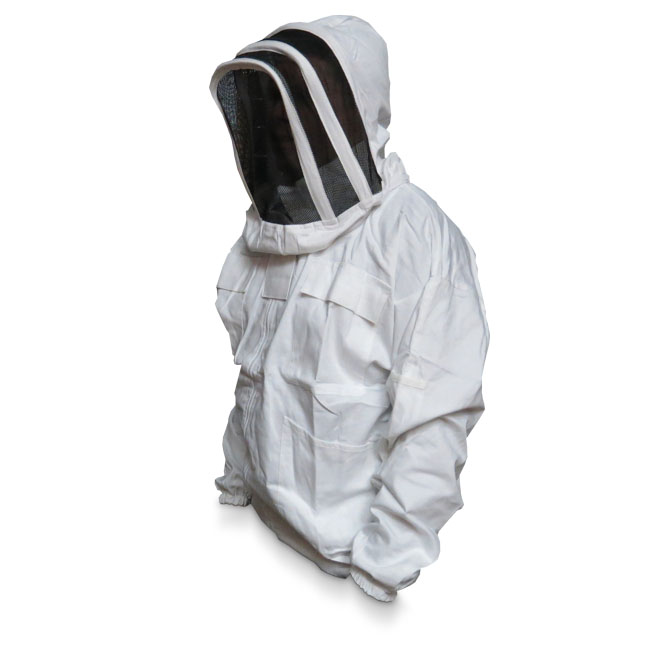Honey Bee (Apis melifera)
 |
Honey bees, both feral (semi-wild) and colonised, are important beneficial insects and are not normally considered as pests. They live either in rare cases in the wild in nests as feral colonies, or more normally, as colonies in hives managed by beekeepers. In either case, they will only sting people if strongly provoked.
Identification:
Adult worker: 11-15 mm long.
Queen: 15-20 mm long. The pointed abdomen extends beyond the wing, and has a smooth stinger.
Drones: 15-17 mm long, with no stingers.
Markings on a Honey Bee: Characteristic black and yellow/orange striped abdomen, black head and thorax.
Biology:
During early to mid- summer honey bees will occasionally swarm, this is due to a new queen being hatched in the nest or hive. As there is only room for one queen in a colony, the old queen will leave and take a proportion of workers with her and look for somewhere to set up a new home. This can either be in a hollow tree, chimney, cavity wall, roof or any accessible void. Sometimes a swarm can be seen hanging off of a tree or shrub or other structures. This is normally because they are resting and will eventually move off to a more permanent site.
Control:
Because of their beneficial role, every effort should be made to avoid carrying out control treatments against Honey Bees. Treatment with a pesticide should be considered only as a last resort. See Pest Management Alliance, Code of Practice Relating to the Control of Feral Honey Bee: http://www.pestcontrolonline.com/useful_information/feralbee_COP.pdf
|
Eradi Bee Suit |
Inset Handbook |
Eradi Bee Jakcet and Veil |



